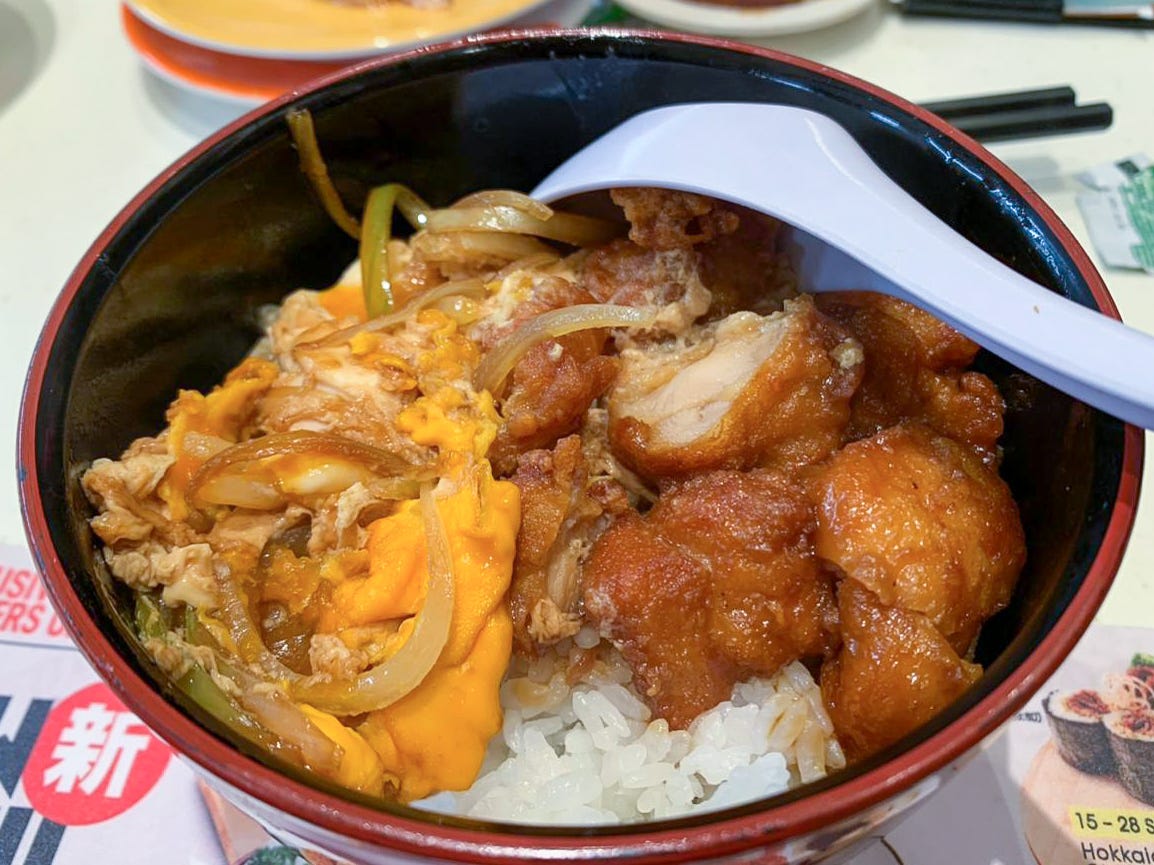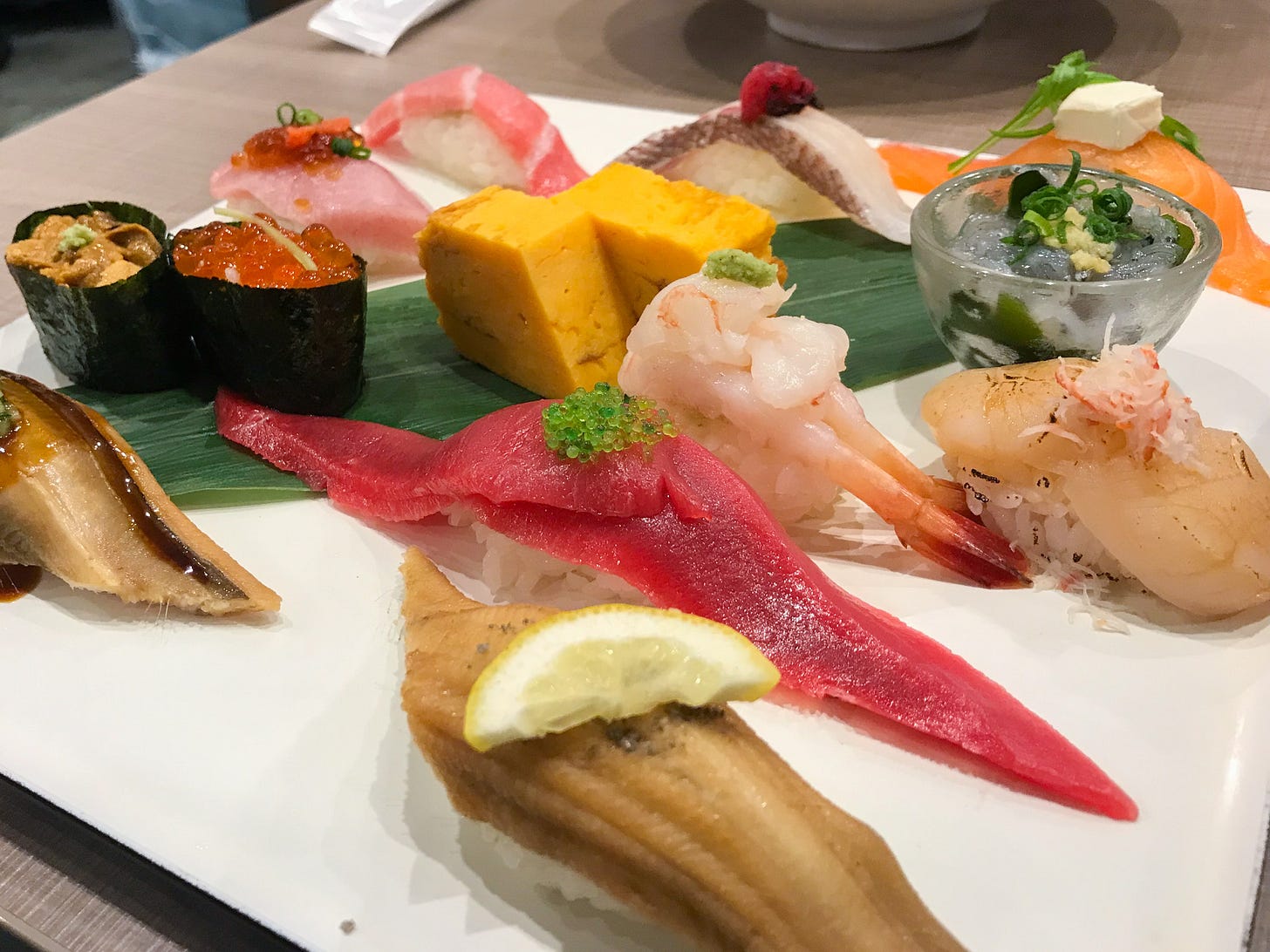You can’t deny that there isn’t a shortage of Japanese food in Singapore. From the Japanese food stalls in hawker centers selling teriyaki salmon sets, to Michelin-starred omakase-style sushi restaurants, there is always something within the price range for anyone craving Japanese food.
As someone who has been to Japan several times for holidays, and school and business trips, I’ve eaten my fair share of authentic Japanese cuisine. Coming back to Singapore after that and attempting to fulfil my cravings for a specific cuisine from my time in Japan is usually not a problem. The penetration of Japanese culture in Singapore and our obsession for it should mean that Singaporeans in general should have relatively discerning palates concerning Japan food and food establishments should be able to satisfy those palates.
According to the Japan National Tourism Organisation, Singaporeans visited Japan almost 500,000 times in 2019. Even after accounting for repeat visitors like myself, that would be a significant chunk of the Singaporean population that would have visited Japan in the past few years. So many of us have eaten the plums in the icebox, and they were delicious. Having been to the source, it makes sense that we should be craving the same things that make Japan “Japanese”, in accordance to our experiences surrounding Japan.
Then why do we tolerate “bad” Japanese food?
When I say “bad”, I mean picture the hawker center or food court in your school, or near your work place. There is always the obligatory Japanese food stall, the one which sells the teriyaki salmon set I was talking about a few paragraphs ago. The rice is either mushy or undercooked, the salmon is hard and dry and the teriyaki sauce is sweeter than molasses. How about the oyakodon (often mislabelled as katsudon) instead? The sauce is bland, the eggs are overcooked and the katsu is miserably small.
Let’s go up a notch.
What about the restaurant that is mid-priced but claims to be authentic enough with recipes developed in-house by Japanese chefs, but instead serves udon broth that is sadly bland and has meat that is dry enough to pass off as jerky?
Presentation and quality is paramount to Japanese cuisine. Even B-kyuu gurume (B-class cuisine) chains like Coco-Ichibanya or Yoshinoya pride themselves on a level of consistency and tastiness that is representative of the Japanese cuisine and culture. Provide a product that meets decent standards, or find yourself out of business when discerning Japanese palates turn their noses up at substandard quality. Of course there are exceptions, even in Japan, but the caveat usually runs somewhere along the lines of having to be drunk, freezing or both to enjoy such meals, and even then a certain level of consistency and pride is afforded to the creation of these meals.
That level of pride allows for Japanese cuisine to be known as something that has a very strong sense of “traditional” taste: it’s that je ne sais quoi that makes us recognise it for what it is. This starts to fall apart if you have food court stalls selling “Japanese” food merely as an option for the sake of variety by someone who is just following a recipe because they had one. Even a restaurant chain where staff might be trained over the course of a month or two cannot compete with chefs who spend their whole life perfecting their wrist technique for draining freshly-cooked noodles, or a master broth that has been simmered for several days and served for the same price that can only be provided by mixing pre-made condiments off-the-shelf. And this makes me sad when some place writes “Japanese” as a herald to its menu.
Does it even matter? Even if subpar in its preparation and taste, does the supposed quality of the food take away from its perception of it being authentically Japanese? Are we courting offense toward the Japanese people by bastardising their cuisine via the wrongness of the texture of a boiled egg, or when a soup is reduced to a sad melange of soy sauce and water.
I can’t speak for the Japanese people to answer the last question, though internet responses usually indicate some form of reluctant unacceptance toward concepts like the California roll (or any other roll for that matter, including things like Shiok Maki which is venerated in the Singaporean Japanese food landscape) or even convenience store onigiri made with rice that is less than perfectly-cooked.
After all, culture is something that encompasses the social behaviours of a certain set of people. In this case, Japanese cuisine innately showcases the history and influence and ideology of the Japanese people. For example, tempura is a reflection of Portuguese influences when Japan was closed off from almost all of the Western world, and traders from Portugal brought in the concept of deep-fried battered foods. Meticulousness and attention to detail has been shown in so many forms tracing back to Confucianist ideals and social hierarchies. Singaporeans – or any other person who hasn’t been entrenched in the principles of Japanese culture for an extended period of time – can’t be expected to live and breathe all of these things.
A recipe is a recipe, but your grandmother wasn’t lying when she said that her secret ingredient is love and care. Our own fundamental beliefs and approaches to life shape how we treat the people – and things – around us, food included. Ultimately, these foods prepared in Singapore are still largely “Japanese” in their origins and construction, and its increase in accessibility usually necessitates some form of modification, whether for better or for worse. Unless we try hard enough not to do so, we are always meant to put our own spin on things.



